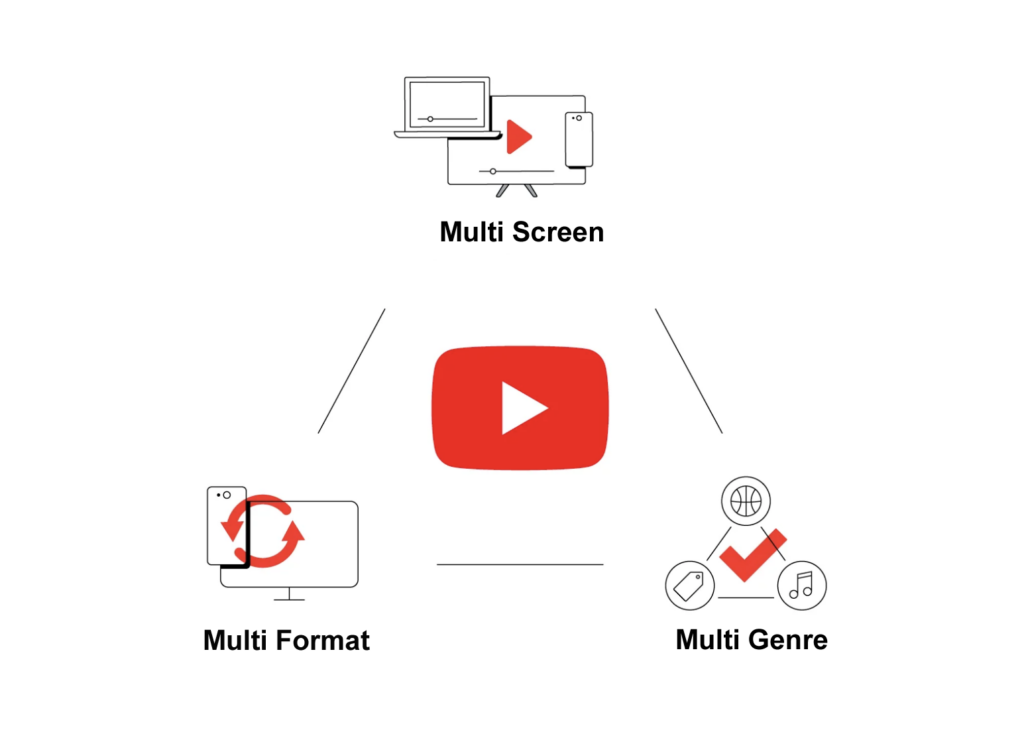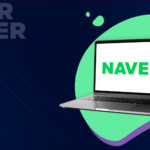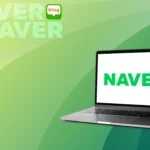Google released some of the Mega Trends for YouTube from 2025 for South Korea, in which they posited that viewers’ viewing behaviors and preferences can be broken down into a pyramid. Let’s look at the sides of this pyramid, and what it means for video marketing in South Korea.
There are 3 main components that you need to look at when trying to understand viewer behavior in 2025: Multi-Format, Multi-Screen, and Multi-Genre.

Let’s look at each of these more in-depth:
Format
As discussed in one of our previous articles, short-form content has been on the rise in terms of popularity, with ½ of Korean office workers in their 20s going so far as to say they are actually addicted to it (Korean Herald).
Marketers might see this trend, and decide it’s time to switch from more time-intensive, and expensive long-form content to short-form content for their campaigns. However, like most things in digital marketing, it’s a bit more complicated than that.
Two Formats Alike in Dignity, In Fair YouTube We Set Our Scene
Most viewers want a variety of content formats. While they are watching more short-form content, they are also watching more long-form content, and to pull away from long-form content is to give up precious view time.
The two formats are also complementary to each other. 59% of Korean Gen Zers report using short-form content to find long-form content to watch. Short-form content is useful for grabbing viewers’ attention to then redirect them to long-form content.
The two formats also have their own uses. Short-form content is usually good for short, attention-grabbing, emotional appeals given which can be consumed conveniently in-between other tasks. It’s meant to have as much impact in as short a period of time as possible, but it also is likely not the viewer’s main focus.
Long-form content, while less convenient, is also more likely to draw interest from viewers who are already interested in the topic, and thus more likely to pay closer attention.
Two Formats are Better than One
The effectiveness of this “two heads (formats) are better than one” approach has been demonstrated in the results of such campaigns. Campaigns that utilized multiple formats were more effective, and helped create a stronger brand image. For example, Coca-Cola’s campaign with the popular K-pop group New Jeans, where they launched the group as the brand’s new global ambassadors, utilized both YouTube Shorts, and an original song, “Zero” and music video which promoted Coke Zero. The music video and song reinforced the idea of Coca-Cola as “delicious” and “refreshing”, in a way that people would want to consume that message — a catchy pop song from their favorite group. For fans of the group who wanted to engage with them more, Coca-Cola also put out Shorts featuring interviews with the group members, as well as dance videos, one of which spawned a dance challenge.
By allowing fans multiple ways to engage with the campaign the same way they would normally with a band they like, Coca-Cola was able to be more effectively integrate in New Jeans’ branding, cementing their role as brand ambassadors, as well as conferring some their more hip, youthful image to Coca-Cola. And it seems this strategy worked, as following the campaign, Coca-Cola observed an increase in sales of Coca-Cola Zero products in South Korea (Korea Herald).
When you spread your campaign across multiple formats, you are more likely to reach viewers wherever they are: whether eating dinner at home while watching YouTube, or watching Shorts during their commute.
Viewers’ potential level of exposure to your campaign also increases. This allows you to take better advantage of the Mere Exposure Effect, which is the tendency for people to have more positive feelings about things they are familiar with. The more exposure viewers have to your brand, the more familiar it becomes, and the more they are likely to like and trust your brand.
In addition, Korean Influencers are viewed as KOL (Key Opinion Leaders), so by partnering with them, your business sets itself for success. For more information about how your business can benefit from influencers, check out this article: What are Naver Influencers?
Screen
One of the toughest questions modern people must ask themselves almost every day is which screen to watch this YouTube video on.
Most of the time it feels intuitive. Shorts are usually formatted vertically, clearly designed to be watched on your phone. And increasingly, individuals are watching long-form videos on their TVs, where they can comfortably watch from the comfort of their couch for longer periods of time. But actually take a moment and think about how many decisions you make regarding how you view your content each day:
When you put a 2 hr long video on in the background while doing work on your laptop, do you open another tab on your laptop, or do you prop up your phone and play it on there, so you can sneak glances at the video without leaving the page you’re working on (We’ve all done it, don’t lie to me)?
Do you want to eat on the couch and watch your favorite true crime channel on your TV, or do you want to eat at the table and watch it on your laptop?
When you want to show a funny Short to a bunch of friends, do you pass around the phone or just play on a larger screen like a tablet or even the TV?
Chances are you watch similar types of content on different screens, or you decide what to watch based on which device you’re using. Heck, you might even be using multiple devices simultaneously. All depending on the situation, and your individual preferences.
Potential viewers are in the same boat. So how to adapt to viewers who are increasingly watching more things on a wider variety of screens?
Well, 1) is to keep a variety of screens in mind when designing your campaign. Do you have content that looks good on mobile devices? Do you have content that works for larger, more stationary screens like TVs or laptops?
2) Is to understand general trends in how viewers use different devices to watch content. We have already covered that viewer behavior can and often does deviate from these trends, but it is still useful for understanding how most viewers use different devices, most of the time, and why they use certain devices to watch certain content. This information can help with planning your content. Viewers do typically watch short-form content on their phones, which is why short-form platforms tend to host vertical videos. This makes sense when we consider that short-form content is often consumed on-the-go, in-between other tasks. Meanwhile, viewers are more likely to want to sit and focus on a long-form video, so they will likely watch it on the TV or their laptop depending on if they want to sit on the couch, lounge in bed, etc.
The format and type of content will influence how a viewer watches that content. So while format and screens are their own sides of the pyramid, all of those sides interact with each other to produce viewer behavior.
Genre
One of the amazing things about the internet is the variety of interests people have. Think of any topic or hobby, no matter how secure, and there is probably a community for it. Viewers want a platform with a variety of content in different genres, so they can find all their interests in one place. Platforms like YouTube are popular with viewers because it is easy for them to find a variety of interesting content to become obsessed with.
Why does this matter for marketing? Viewers are actually more open to advertising, when they are watching content they are interested in. Understanding the interests of your target audience can help you advertise more effectively.
YouTube allows you to target specific keywords and topics for your ad placement. So if you are trying to advertise a new deodorant to middle school boys, you can have your ads play on videos relating to topics middle school age boys are likely to be interested in like FortNight.
You can also use information about what your target audience is interested in to create more engaging ads. For example, the cat food brand Sheba noticed that a lot of cat owners also reported having trouble sleeping and relaxing. Sheba then created cat ASMR and sleeping streams, as that type of content is popular for people trying to sleep.
Related topics
An overview of YouTube’s Korean consumers.
A guide to YouTube marketing.





